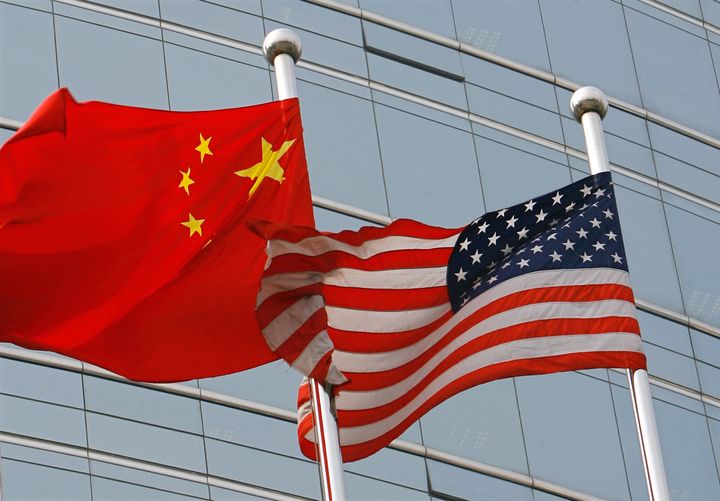
Without question, the rise of China has been a major factor in our nation's loss of manufacturing jobs, and much of that has been magnified by China's unfair trade practices, most notably its currency manipulation. But there is growing evidence that China's challenge to U.S. manufacturing has peaked, and its competitive advantage is in decline.
A recent report from the Boston Consulting Group (BCG) offers persuasive evidence that the tide is now moving against China as its competitive advantage erodes. The cost of producing goods in China is rising across the board -- wages, raw materials, industrial real estate, energy and transportation. Also, the citizens of China are demanding more investment in environmental and safety issues, which inevitably affects production costs. This rise in costs is reflected in the high 6.1 percent inflation rate in China.
At the same time, U.S. manufacturing, despite its troubles and the loss of jobs, has become more competitive. In recent years, we have registered the strongest productivity growth in the industrial world, and our export sector -- mainly manufacturing -- has been growing steadily. In fact, the value of U.S. manufacturing increased by one third to $1.65 trillion from 1997 to 2008, before the onset of the recession, according to BCG. The reality is -- we are already competing effectively with China, and the tide is turning in our favor.
The BCG analysis suggests that within five years, the total cost of production for many products will be only about 10-15 percent less in Chinese coastal cities than in some parts of the U.S. "Factor in shipping, inventory costs, and other considerations, and -- for many goods destined for the North American market -- the cost gap between sourcing in China and manufacturing in the U.S. will be minimal," BCG said. When you factor in the time required to ship goods from China, difficulties posed by the language barrier and the absence of an independent legal system in China, a growing number of U.S. firms find it more convenient and less stressful to just buy American.
The BCG analysis rattled off a list of companies that are moving production back to the U.S. from China -- NCR, The Coleman Company, Ford Motor Company, Sleek Audio, Peerless Industries, and Outdoor Greatroom Company. I could add several more names to the list, including General Electric. Just last week, I heard GE CEO Jeffrey Immelt say that outsourcing has peaked and GE will hencefoward be focusing on creating more jobs in the U.S.
For some time, I have been talking about a resurgence in U.S. manufacturing. This BCG report, and the aggressive action by a diverse array of U.S. manufacturing companies, confirms that resurgence, and suggests it may be even stronger and broader-based than most people realize.
Jerry Jasinowski, an economist and author, served as president of the National Association of Manufacturers for 14 years and later The Manufacturing Institute. Jerry is available for speaking engagements.
